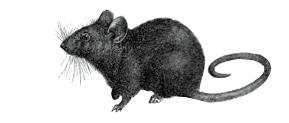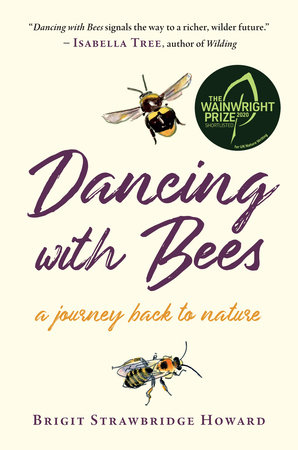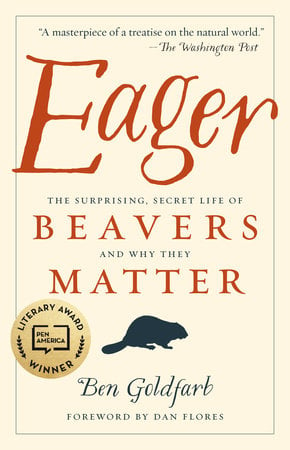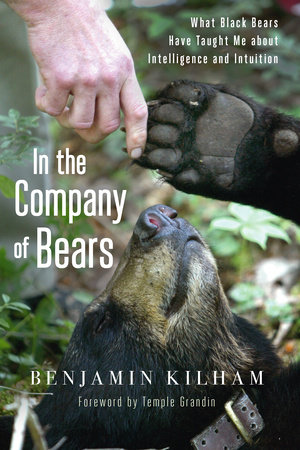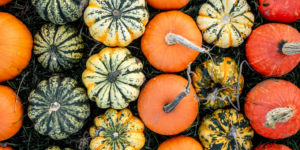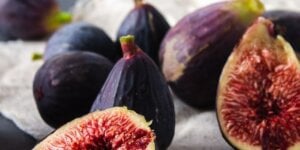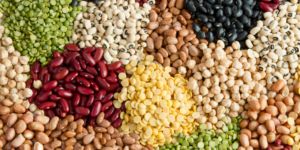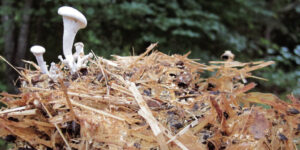Lions and Tigers and Bears, Oh My!
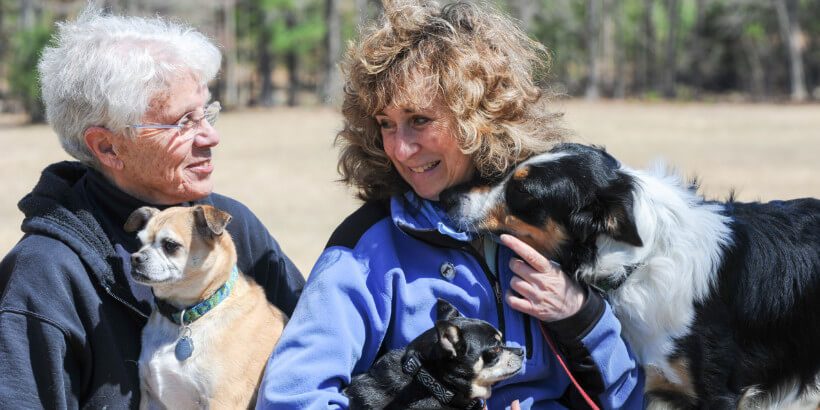
Authors Sy Montgomery and Elizabeth Marshall Thomas discuss Tamed and Untamed: Close Encounters of the Animal Kind—a “most delectable potpourri of tales about a whole host of nonhuman animals”—with writer and friend Marc Bekoff.
Q: Why did you write Tamed and Untamed ?
Liz: Tamed and Untamed is a collection of columns we wrote for The Boston Globe. We began to write the columns at the suggestion of Vicki Croke who at the time worked for The Globe and also has written the introduction for Tamed and Untamed, so the collaboration really involves three close friends, not just two. As for the subjects, all of us are fascinated with the natural world and the life-forms in it, especially the animals. To us, animals are often more interesting than people, and are all we want to write about, so these opportunities were a blessing.
Sy: The Globe gave us a tremendous opportunity. We loved writing the column and the connection with enthusiastic readers. For this volume, in addition to the columns, we wrote a number of original pieces including opening essays for each of the six sections of the book: Animals and People, Birds, Dogs and Cats, Wild Animals, Tiny Animals, and Animal Abilities.
Q: How did you, two very gifted writers, divvy up the stories?
Liz: We took turns. Sy wrote the first week’s column, I wrote the next, and so on, each of us deciding what our subject would be. Sy knows more than I do and she has studied more animals, so Sy has a wider variety of subjects.
Sy: Not! Liz knows way more than I do, about animals and pretty much everything else. In addition to living among lions, hyenas, leopards, wolves, dogs, cats, and others, Liz has also carefully studied people—she researched her book about the Bushmen (now called the San) of Etosha desert of Namibia, before I was born; her first book, The Harmless People, was a national best seller and National Book Award finalist before I could speak. Liz observed the smart, skilled Bushmen with whom she lived with not only with fresh eyes but also with affection and respect. That, believe it or not, was quite uncommon among anthropologists writing about their “study subjects” in the 1950s. She brings this same open mind and open heart to her observations of other species.
 Q: I love how you wove scientific findings into your array of diverse stories on so many different animals. Why is it important to do this?
Q: I love how you wove scientific findings into your array of diverse stories on so many different animals. Why is it important to do this?
Liz: Knowledge of animals comes from two directions—one from what one learns from scientists, the other from one’s own experience and observation. Sy has the soul of a journalist, so whatever she says is scientifically solid. As for me, I aspire to be a poet, so whatever I write must scan. I watch any animal who comes into my line of vision, be it a bear or a mosquito, but I have little to do with scientists themselves. If I must discard a scientific concept because it has too many syllables, oh well.
Sy: Again, Liz is being too modest. She is both poet and scientist. She writes about what she has observed to be true—not through the lens of what she was taught in some classroom to be the case, but with fresh eyes, open to new possibilities. Some may say that recounting what you’ve seen is merely telling a story. But what, a scientist may ask, is the plural of story? The answer: Data.
Q: What are some of your main messages?
Liz: For more than a century, most people—scientists included—clung to the notion that we are a species apart, a concept that resembled the Flat Earth theory. Other life-forms were said to be nothing like humans; they didn’t have consciousness or memory or emotions. We didn’t even credit them with gender, demanding that an animal is always called “it,” never “he” or “she.” Since nothing could be further from the truth, our object is to crush that notion. Times are changing, but as far as we’re concerned, they can’t change fast enough. That other species are much the same as ours, with consciousness, thought, memory, and emotions, is essentially our only message.
Sy: Right on, Liz! One of my favorite sayings was reportedly uttered by the pre-Socratic Greek philosopher, Thales of Miletus: “The universe is alive, and has fire in it, and is full of gods.” That’s what this book, and all our work, is really saying: that our world is full of fascinating individuals of all species, who love their lives as we do—and that their lives are far more brilliant, and far more sacred and holy, than we realize. I think Liz and I both write because we are constantly thrilled and surprised by the lives of our fellow creatures, and we can’t wait to share this with others. We hope our writing—along with your own, Marc, and that of so many of our colleagues—helps inspire our species to treat animals and the planet we share with greater respect and compassion.
Q: Who is your intended audience?
Liz: It would be nice if people who cling to the anthropomorphism ban would read this book, and perhaps they will if they care about animals. So perhaps our intended audience is such people. But we had a fairly wide audience for our columns, with people from various walks of life and even from different cultures, so we hope for the same for this book.
Sy: People who already love animals are likely to pick up our book. But we hope they’ll share it with friends who are simply curious about the world around them, and who like quirky nonfiction. Who isn’t curious about relatives of elephants who are smaller than groundhogs, animals who get drunk, the real reason why dogs pee in the house, and what electric eels dream about?
Q: Is there anything else you’d like to tell readers?
Liz: I think we’d like to tell them that because animals are so much like us in their thoughts and feelings, we should do our best to treat them as such. I think of the story I wrote for this book about a woman who no longer wanted her pet rabbit and abandoned him in our field. The rabbit, born in captivity, had never been in a wild place and knew nothing about how to live there. All he knew was that he was far from home with no hiding place in a wide open field where a predator could see him, and when he saw our house in the distance he came there, hoping for help. The only door open was in the garage, so he went in. I didn’t know he was there. I would have cared for him had I known what had happened, but one of our dogs found him, saw him as an intruder, and killed him. I know the owner. She’s a good person. She thought she was doing the right thing. But if she knew then what I know now, she wouldn’t have thought to “set the rabbit free.” She would have brought him to my house and handed him to me.
Sy: Yikes! Thank you, Liz—I just remembered that the mouse who was visiting our silverware drawer has been waiting for an hour in a Havahart trap—and I need to release him (three miles away, where the rest of his family now lives). What would happen, Liz, if I didn’t have you in my life? Gotta go!
Recommended Reads
Recent Articles
The fig tree is more than just a fruit-bearing wonder. The complex nature of these trees is beyond fascinating. They are the ultimate ecosystem superheroes!
Read MorePumpkins: Halloween symbol or sweet treat? But have you ever wondered how they became a holiday staple? Discover the rich history behind this fall favorite!
Read MoreHave you ever wondered why fig trees are considered a symbol of abundance and fertility across cultures? What exactly makes these trees so special?
Read MoreSeeds strengthen our connections to what we grow and eat; they are intrinsic to our identity and our future. I cherish seed as a common resource that all the world should be able to access freely.
Read MoreCultivating mushrooms on various substrates has many benefits — from composting, mycoremediation, and creating value-added consumer goods. It helps reduces waste and helps the environment!
Read More

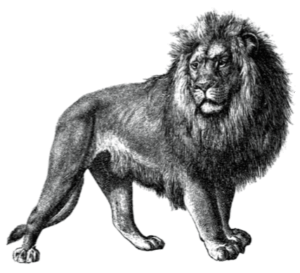 Q: I love how you wove scientific findings into your array of diverse stories on so many different animals. Why is it important to do this?
Q: I love how you wove scientific findings into your array of diverse stories on so many different animals. Why is it important to do this?